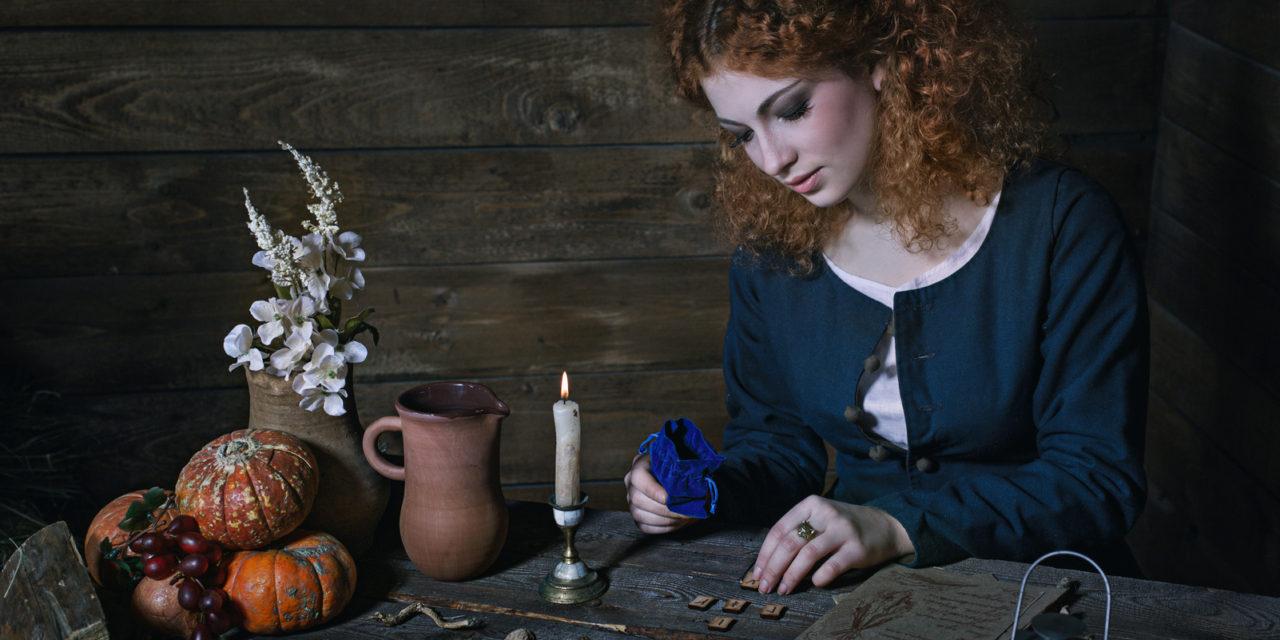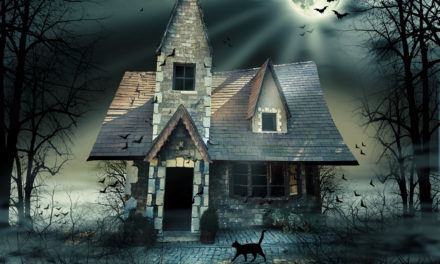It’s generally accepted that all of those accused of being witches during the Salem witch trials were young women, and that they were all “burned at the stake.” Neither assumption is correct.
In the 1500s, an archbishop in Germany blamed 120 citizens of a village of causing the severe weather. All 120 were burned to death as witches for “interfering with the elements.” After the Salem witch trials, 19 of those convicted of being witches were hanged. One man who refused to enter any kind of plea was crushed to death in an attempt to force him to enter a plea, and at least five more of the convicted died in prison. None were burned at the stake.
And all of those accused and convicted of being witches weren’t young women. Of the 19 convicted, 14 of them were women and five were men.
Another wrong assumption is that all of the Salem witch trials were held in Salem, Massachusetts. Actually, the trials were conducted in Salem Town, Salem Village, Ipswich, and Andover.
Conversely, government and the rule of law in Puritan New England were based upon a kind of theocracy that was closely related to the “Popery” of the Roman Catholic Church, which the residents dearly hated. A few protested and pointed out the “separation of church and state” idea, but they were ignored.
The Puritans believed in an invisible world inhabited by God and the angels (good) and the Devil and his fellow demons (evil). To the Puritans, the lines were clear: anything and anybody who did not abide by the Puritan beliefs were evil and, therefore, Devil worshippers.
The Salem witch trials probably provide the most profound reason for all of us to fight for the separation of church and state.











